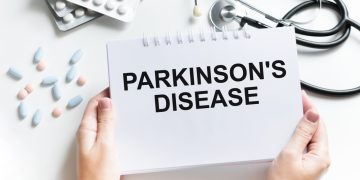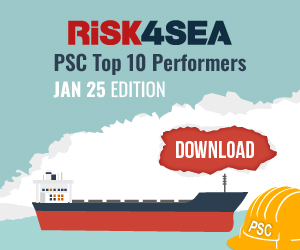The Maryland Transportation Authority (MDTA) has completed a study assessing the Chesapeake Bay bridge’s vulnerability to ship strikes and concluded that its piers need better protection to meet modern safety standards.
Maryland transportation officials are working on strategies to protect the two Chesapeake Bay bridges after the collapse of the Francis Scott Key Bridge. This response follows a call from the National Transportation Safety Board (NTSB) for evaluations of collapse risks on 68 bridges across the U.S.
In a letter to the NTSB, Maryland Transportation Secretary Paul Wiedefeld confirmed that the Maryland Transportation Administration is developing a comprehensive risk reduction plan for the Bay Bridge crossings.
Short-term measures may include new communication requirements for ship pilots, reduced speeds, one-way transits, and better vehicle traffic management. Longer-term strategies could involve physical measures to prevent ship strikes.
Furthermore, the Maryland Transportation Authority (MDTA), which oversees the Bay and Francis Scott Key Bridges, spent $160 million last spring on a study of bridge protection, even though it wasn’t legally required. The review, conducted by Moffatt & Nichol, is part of MDTA’s planning for the potential replacement of the existing Bay Bridge spans.
The NTSB’s report, released in March, examined the allision that caused the Francis Scott Key Bridge’s collapse on 26 March 2024. The cargo ship Dali, struck the bridge killing six construction workers. The NTSB found that the state had failed to conduct a critical risk assessment despite increased ship traffic.































































